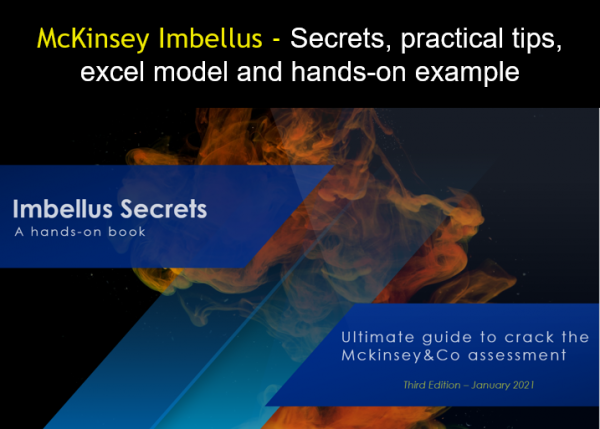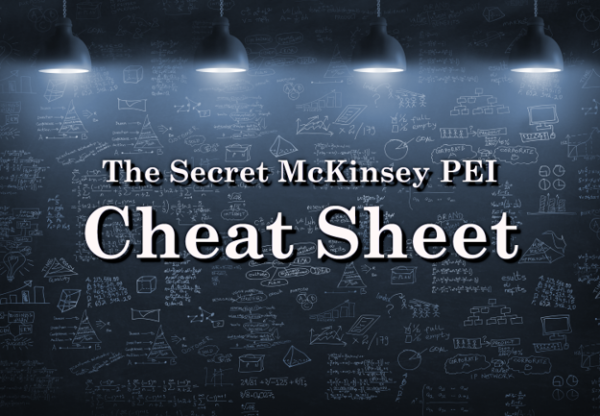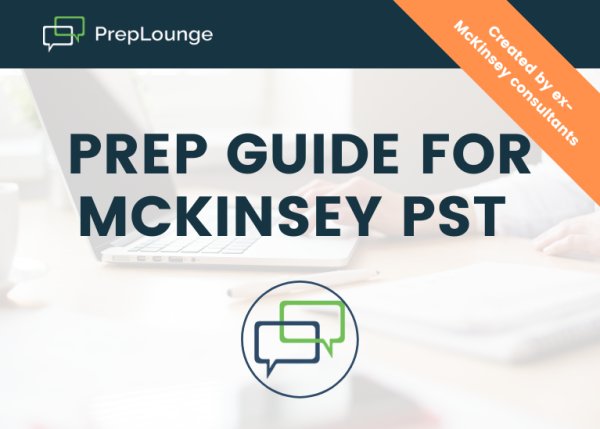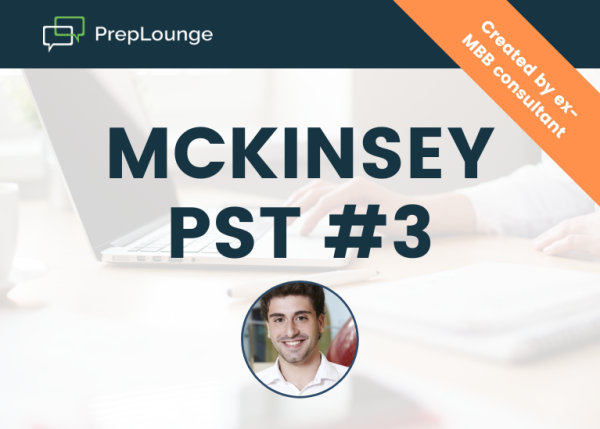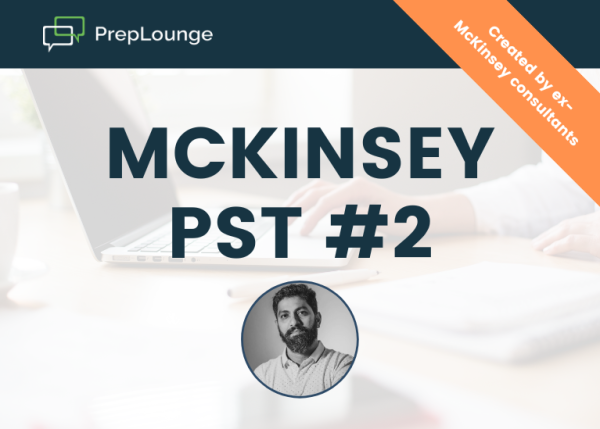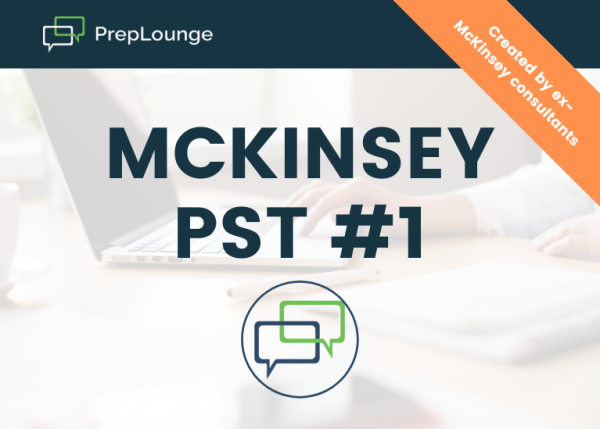Hi all,
When preparing the interviewer-led interview, some tactics for answering the question "what will the factors you consider" really confused me...
- Is it necessary to state a hypothesis before lay out the structure?
- if yes, I found some type of question really hard to make a hypothesis, e.g. Client is wondering how to increase sales / The hospital want to know how to improve
- When layout the structure, which one would preferred?
- Comprehensive structure - say try list all possible areas of a problem as the 1st layer of my issue tree, and under each branch, mention as many factors as possible to be comprehensive.
- If this one is preferred, how can I prove that certain point (which could probably be layed out just to show that I know this point!) is relevant in this specific case?
- Structure with only key factors(in 2nd layer) - this would be kinds of similar to the comprehensive structure in the 1st layer, but under each branch, will only mention maybe 2-3 subfactors which is highly related to my hypothesis.
- Comprehensive structure - say try list all possible areas of a problem as the 1st layer of my issue tree, and under each branch, mention as many factors as possible to be comprehensive.
- Timing of thinking and talking - Is it fine to have 1.5-2 min to think through? In general how long should I talk for my structure?
- I know a lot super strong candidate can grasp their idea quite fast, how they do that?? Except pratice*3, is there any secret tip could be shared>_<?
Thanks a ton!!! //bow




